Do you have trouble taking photos of birds and other flying critters? Well, I’ve been taking photos of all kinds of animals for years and I’m happy to share some tips and tricks I’ve learned for getting a great shot. I mainly use a standalone camera, but the tips work just as well for your phone. In the fall, the Pacific Flyway fills with birds flying south and they often rest and recharge in our area, including at Palo Alto Baylands, Shoreline at Mountain View, Bair Island and Cooley Landing. That means it’s a great time to get outside and practice your photography skills! (all photos ©Vickie Rozell, all shot using a zoom lens)
Stay Quiet
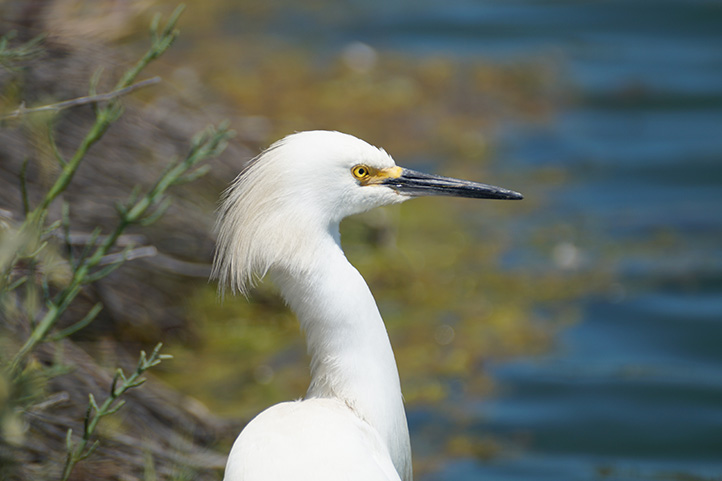
This can be tough when you are out with a group of people, but loud noises startle your potential subjects and scare them away. Keep your voices down so they won’t feel the need to flee. Many of us have accidentally startled a single bird, causing a sudden mass exodus of the entire flock. Especially now, with hundreds of thousands of birds flying south, you don’t want to lose your shot by alarming them. Try going out to Shoreline Park and photographing the birds as they stopover on their journey.
Observe and React
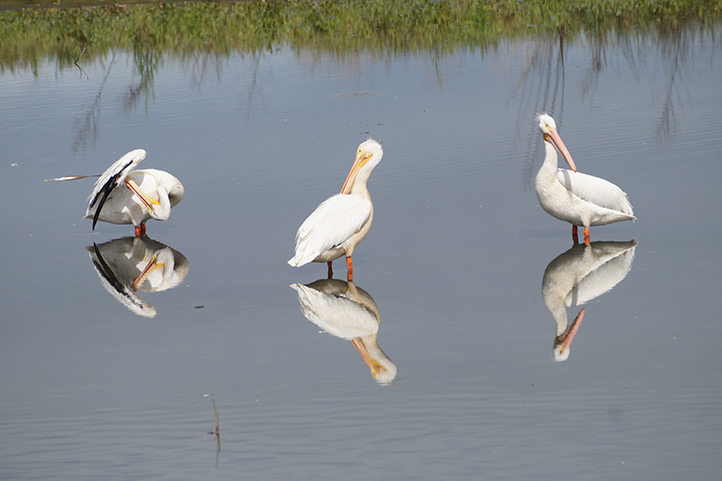
Check out what is going on. Did you find a single bird or a flock? What is interesting about the scene? Your subjects may leave at any moment, so start by taking some photos right away and then experiment and see what appeals to you. Zoom in and take a portrait and then zoom out and take a shot of the whole scene. Pay attention to what individuals are doing and what they might do, where they might go. Does one look like it might take off? Are some coming in for landings? Is anyone hunting for food? When you are ready, walk around and find different angles of the individual members as you go (but always stay on the trail!). I once stood and watched a group of pelicans for a good 15 minutes, waiting for them to line up in the diagonal line I could see them floating toward. It paid off when they floated into formation and I got the shot!
Move Slowly
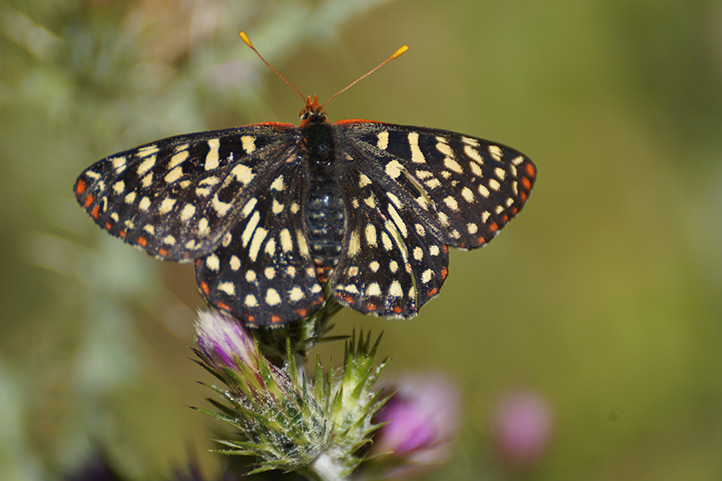
Running or other quick movements will spook birds as much as a loud noise. Try to blend into your environment by moving slowly. Once you are in place, stay as still as you can so the birds get used to your presence. This is also important if your subjects are floating on the water, seemingly far away. Startling just one near you can set the whole flock into flight, so use the zoom on your camera to get closer to your subjects. With butterflies, trying to chase them is often a losing proposition. Stay in one place and enjoy watching them as they fly. Often, they will eventually land close enough to you so you can get a shot.
Go Early or Late!
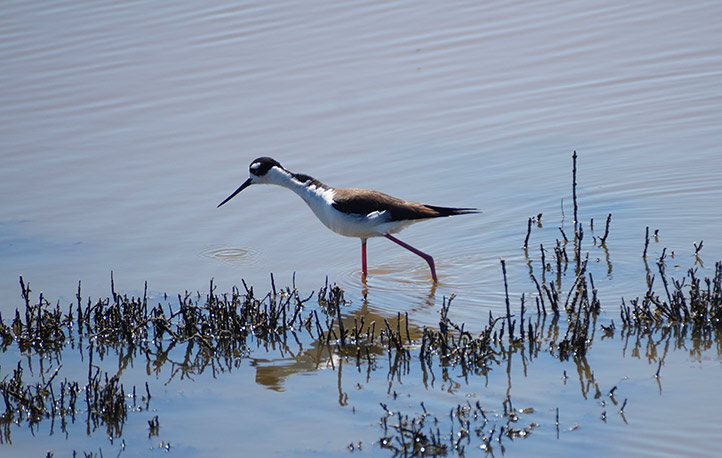
Birds tend to be at their most active early in the day or around dusk/sunset. They rest overnight and then go out on excursions to find food before the heat of the day hits, so head out early in the day or later in the afternoon when it is cooler (it will be more pleasant for you that way as well!). With the Pacific Flyway especially active right now, you might catch birds on the move! Keep an eye out for individuals taking off or wading close to shore to find a snack before they settle in for a snooze in the mid-day heat.
Do Your Research
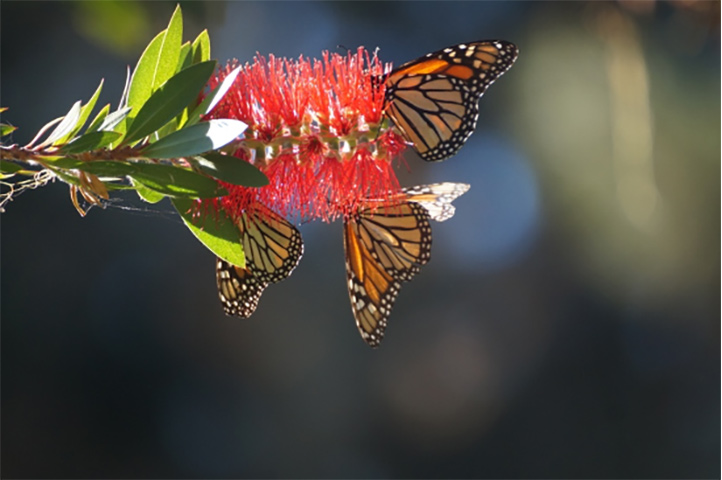
Are you trying to see huge groups of birds or butterflies? Go online and find out when the migration usually happens so you can put yourself in the best situation to get the pictures you want. Fall is usually a good time to catch birds headed south on the Pacific Flyway, but not all birds go at the same time. Migrating monarch butterflies tend to cluster in their groves in November or December, but you can still find smaller numbers through March or so. Figure out what you want to see and go at the time when you are most likely to see it.
Keep Shooting!
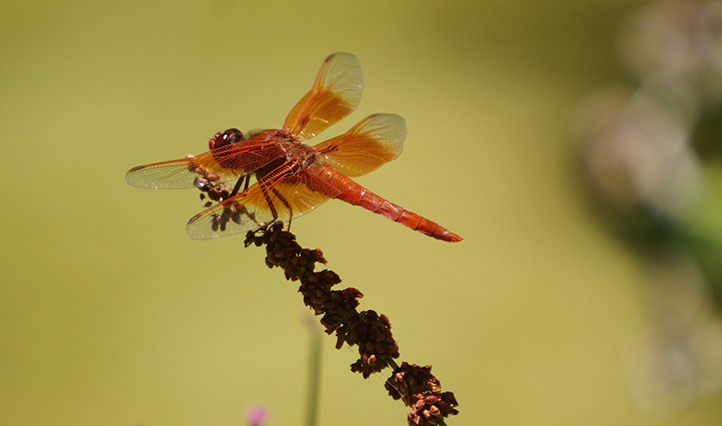
These aren’t your parent’s cameras. I remember having to ration how many pictures I took because it was so expensive to buy film and have it developed. The beauty of digital cameras, whether they are in a phone or a standalone camera, is that you can take as many pictures as you want without worrying about the cost— you can just delete the ones you don’t want, no harm no foul. So go for it! Keep shooting and see what you get. I was recently trying to get a picture of a dragonfly at Hakone Gardens. Not only were they very quick, it was tough to get my camera to focus on the dragonfly not on the plant it was using as a very temporary perch. I must have taken three dozen pictures to get a couple where the dragonfly was in the frame and in focus, but those two were all I needed.
Be Patient
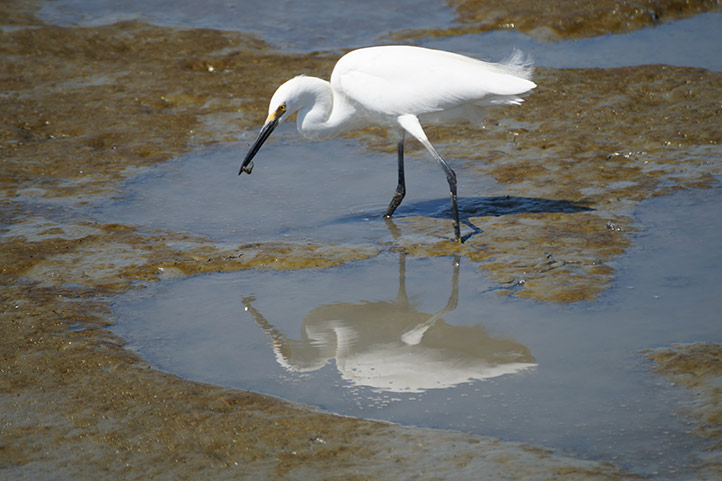
Birds are unpredictable, so take your time. See what they do. I enjoy photos of birds reflected in the water. So, I often stand and wait out a feathery friend who is strolling through mudflats, hoping they will come to a stop where they are fully reflected in a puddle. Sometimes it takes a while and sometimes they head off in another direction and I don’t get a shot. But when everything aligns, I have a memorable photo.
Stay Alert!
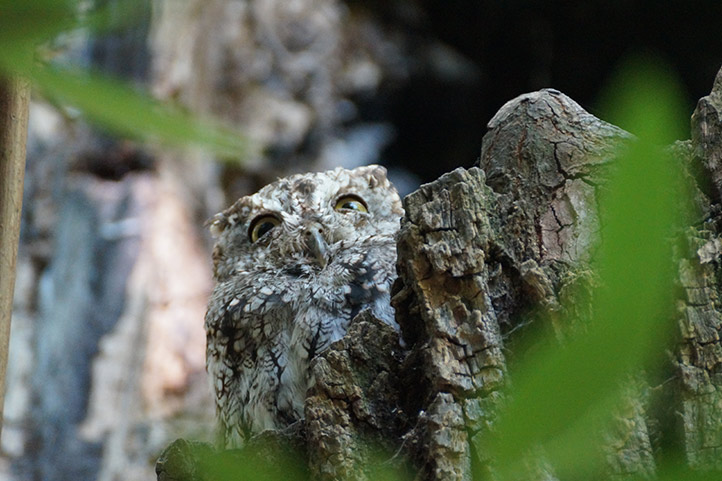
When you are out walking, birds can appear suddenly. The easier it is to access your camera or phone, the better chance you have of getting the shot. I was in Lithia Park in Ashland, OR, when someone I didn’t know stopped me. He told me there was an owlet in the top of a dead tree around the corner. My camera was at the ready, so I didn’t have to take time or make any noise getting it out and I got several good shots of the skittish little one, who blended in remarkably well with its surroundings!
It Doesn’t Have to be “Perfect”
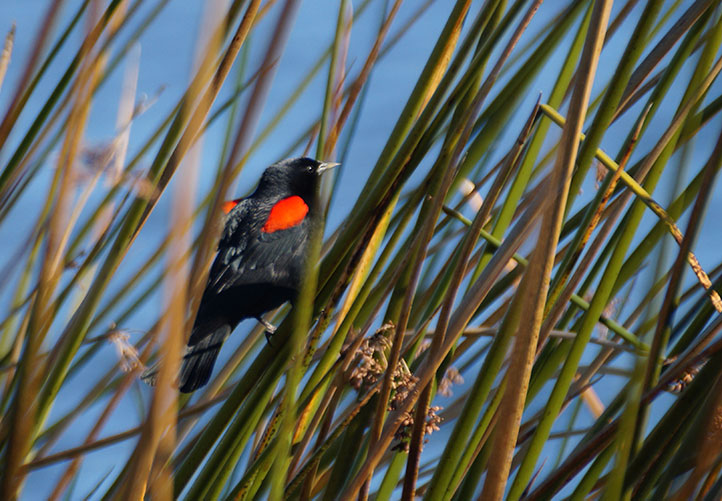
Birds move quickly and you often don’t get a second chance for a shot. Some of my favorite photos have been the ones I snapped first, afraid my subject might leave before I could get the photo I wanted. Sometimes that means grasses or foliage or a structure are in the shot. That’s fine. Getting your subject is what is important. You never know what will come out, so don’t worry about it, take it and sort it out later.
Take Advantage of Fortuitous Situations
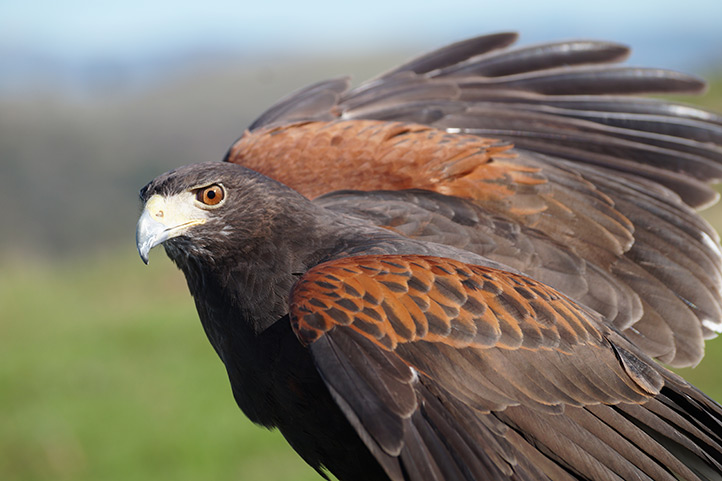
Of course, we all hope to take amazing photos of birds in the wild. However, that can be extremely difficult. Ever tried to get a photo of a raptor? Pretty tough, isn’t it? Sometimes your local environmental organizations, like POST, will have opportunities to get an up-close view of rescued animals that can’t be released into the wild at events like Raptor Fest. Or maybe you are headed to the zoo with your kids. You can sometimes get amazing shots in situations like these, and they are just as cool as the ones you get in the wild. You will need to follow all the instructions of those handling the birds and shoot around the other people who will inevitably be there, but you might luck out and get a cool shot nonetheless.
Keep Your Eyes Open
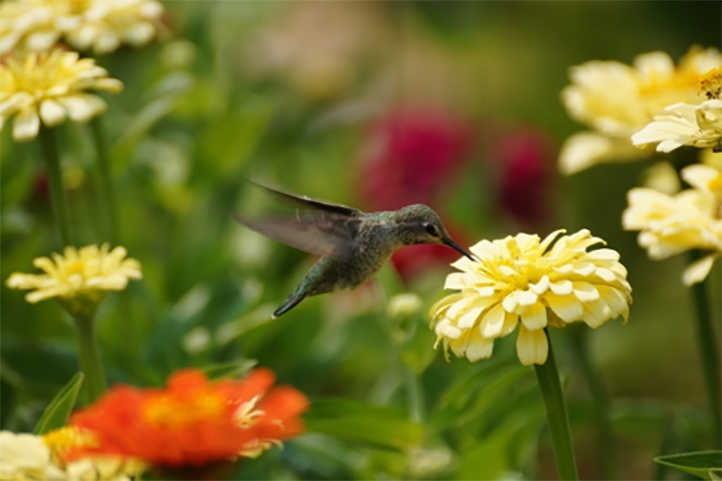
Many of my bird photos happen because I saw them flying and just watched and waited. Sometimes they fly away from you, but other times they will alight on a branch long enough for you to get a shot. I was out in the gardens at Filoli and saw a hummingbird out of the corner of my eye. It was hovering nearby, so I stood very still and watched and waited. Slowly but surely, it moved closer and closer to me until I got a series of shots of it feeding on the nectar of flowers right next to where I was standing!
Practice, Practice, Practice
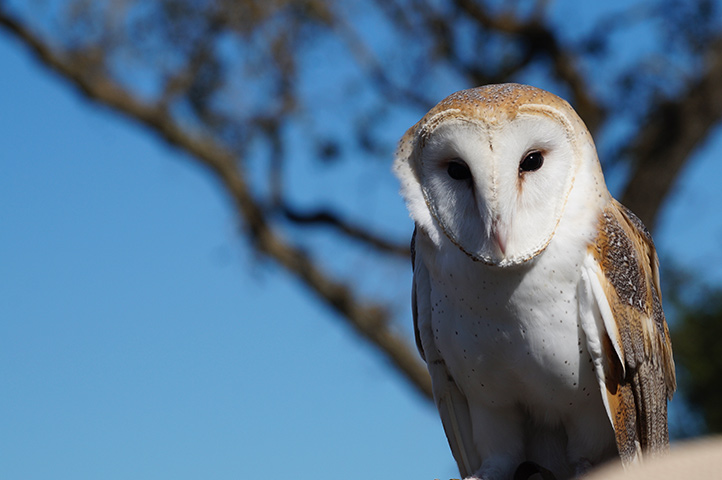
Last but not least, like anything else, practice, practice, practice! The more wildlife photos you take, the more you will know what you like and the better your timing, and therefore your pictures, will become. When you are out on the trail keep your eyes peeled and your fingers crossed, you never know who’s going to appear on your path. Get your hiking companions to help you out too. More eyes make it easier to spot your photographic prey. And don’t forget to share your photos so your friends can enjoy them too!
Featured
About Post
Peninsula Open Space Trust (POST) protects open space on the Peninsula and in the South Bay for the benefit of all. Since its founding in 1977, POST has been responsible for saving more than 87,000 acres as permanently protected land in San Mateo, Santa Clara and Santa Cruz counties. Learn more
